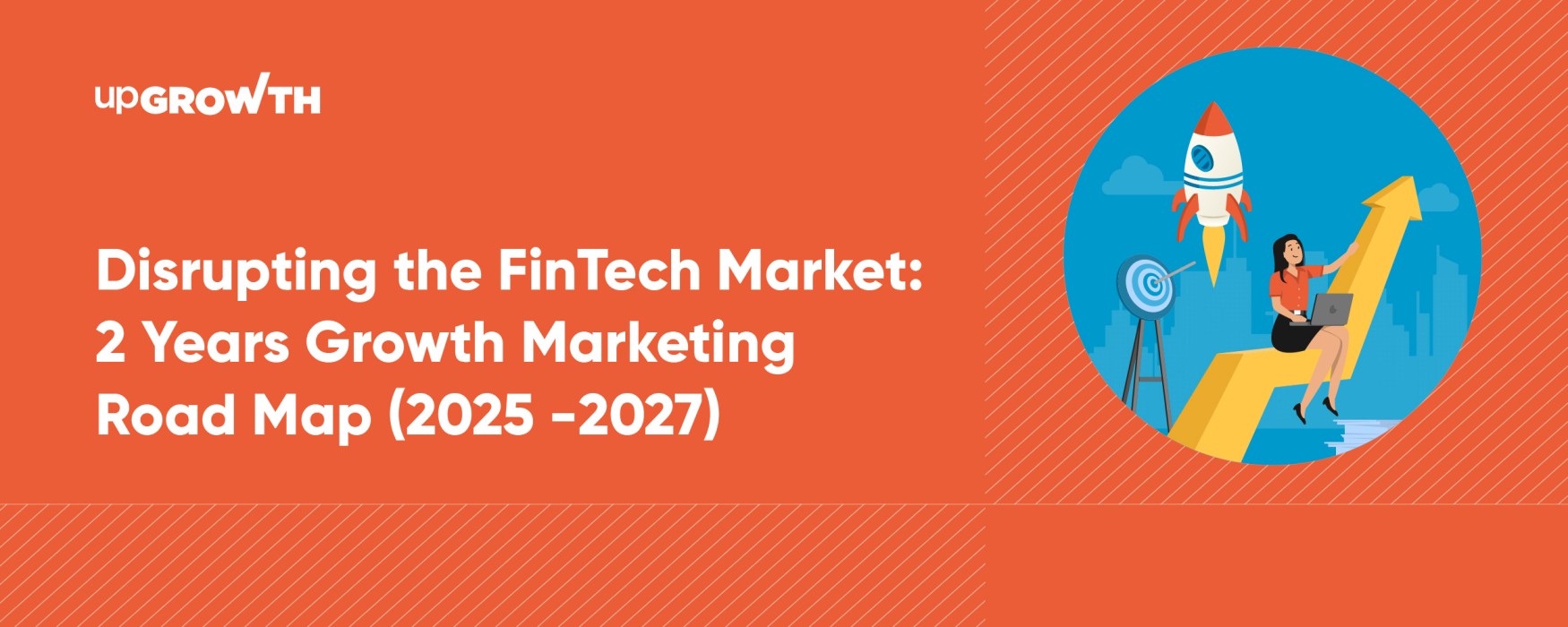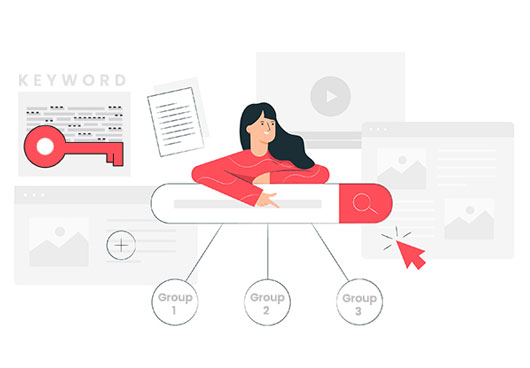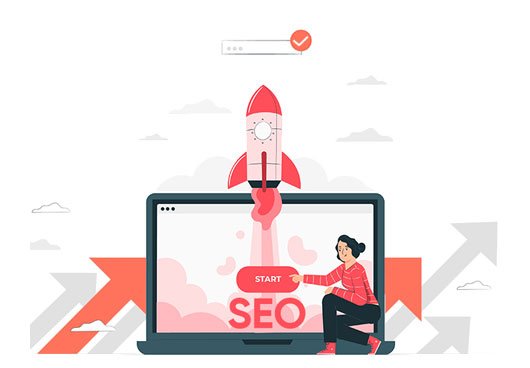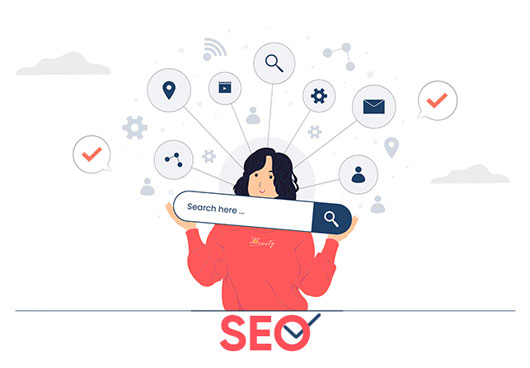Disrupting the FinTech Market: 2 Years Growth Marketing Road Map (2025 -2027)
Contributors:
Kiran Gurung
Published: December 2, 2024

Summary
A strategic roadmap for fintech companies’ growth marketing from 2025 to 2027, with the global fintech revenue projected to reach $1.5 trillion by 2030. Outlining key phases of development, from building strong digital foundations to achieving market dominance, while addressing challenges and opportunities in the evolving fintech landscape. Also emphasizes the importance of technology-driven innovation, customer-centric approaches, and strategic marketing initiatives for sustainable growth.
The fintech industry is set for massive growth, with global revenues projected to rise from $245 billion in 2023 to $1.5 trillion by 2030. To stay competitive, fintech companies must adopt strategic growth marketing approaches. This blog outlines a two-year roadmap, focusing on disruptive technologies, overcoming challenges, and seizing opportunities to thrive in a dynamic market.
What Is FinTech Disruption?
Fintech disruption is the game-changing impact of financial technology innovations on the traditional financial services industry. From mobile wallets to AI-driven lending platforms, fintech companies offer faster, cheaper, and more personalised solutions, significantly challenging established banks and financial institutions.
Key Characteristics of FinTech Disruption
- Technology-Driven Innovation: Using blockchain, AI, and IoT for efficiency and scalability.
- Customer-Centric Approach: Prioritising user experience and accessibility over legacy systems.
- Global Accessibility: Expanding services to underserved populations through digital platforms.
Fintech companies are transforming markets and fostering financial inclusion worldwide by disrupting conventional systems.
Major Areas of FinTech Disruption
1. Impact on the Financial Services Industry
Fintech has significantly transformed the financial services industry. Peer-to-peer lending, robo-advisors, and blockchain-based payment systems are just a few examples of how fintech streamlines operations and enhances customer experiences.
2. Disrupting Banks
Fintech companies are directly challenging traditional banks, offering services like:
- Mobile banking apps with instant fund transfers.
- AI-driven credit scoring for faster loan approvals.
- Blockchain for secure cross-border transactions.
Traditional banks are forced to modernise their operations to compete with these agile newcomers.
3. Influence on Retirement Systems
Fintech disruption extends to retirement planning and pension systems, with innovations such as:
- Apps that automate retirement contributions.
- Blockchain for transparent pension fund management.
- Tools that provide real-time updates on fund performance.
These solutions are reshaping how individuals plan for their financial futures.
India’s Role in the Global FinTech Growth Story
India has emerged as a global fintech leader, driven by digital adoption, government initiatives, and entrepreneurial innovation. The growth of fintech in India is a testament to its role as a global disruptor in financial services.
FinTech Growth in India
- Market Potential: India’s fintech market is expected to grow exponentially, with an estimated $1 trillion in assets under management by 2030.
- Adoption Rates: With one of the highest fintech adoption rates globally, India is setting the benchmark for digital payments and lending solutions.
- UPI Success: The Unified Payments Interface (UPI) has revolutionised payments in India and inspired similar models worldwide.
The Growth Marketing Roadmap (2025-2027)
Fintech companies must focus on a growth marketing strategy that leverages technology, data, and creativity to thrive. Here’s a two-year roadmap for fintech success.
Year 1: Build a Strong Foundation (2025)
1. Digital-First Marketing Strategy
- Invest in digital advertising channels such as Google, Facebook, and LinkedIn.
- Focus on SEO to rank for competitive keywords like “fintech disruption” and “disruptive fintech companies.”
2. Educational Content
- Create blogs, whitepapers, and webinars to establish thought leadership.
- Cover topics like “How fintech disrupts banking” and “India’s fintech growth story.”
3. Strategic Partnerships
- Collaborate with traditional financial players and tech companies to expand reach and credibility.
4. Customer Data Utilisation
- Use analytics to understand customer behaviour and personalise campaigns.
Year 2: Scale and Innovate (2026)
1. Expand to New Markets
- Focus on global growth by entering high-potential regions like Southeast Asia and Africa.
- Tailor marketing campaigns to align with local cultures and regulatory requirements.
2. AI-Driven Personalisation
- Use AI to deliver personalised user experiences.
- Implement chatbots and predictive analytics to engage customers effectively.
3. Emerging Platforms
- Experiment with channels like TikTok and influencer marketing to reach younger demographics.
4. Transparency and Trust
- Highlight fintech security measures and compliance efforts in marketing campaigns.
Year 3: Dominate the Market (2027)
1. Brand Differentiation
- Focus on branding campaigns that showcase innovation and customer success stories.
- Use storytelling to humanise your brand and build deeper connections with audiences.
2. Retention-Focused Marketing
- Launch loyalty programmes to encourage repeat usage.
- Use data insights to anticipate customer needs and provide tailored recommendations.
3. Sustainable Growth
- Balance innovation with regulatory compliance to ensure long-term sustainability.
- Regularly evaluate and adapt strategies based on market trends.
Challenges and Opportunities in FinTech Growth Marketing
Challenges
- Regulatory Complexity: Navigating global regulations without stifling innovation.
- Intense Competition: Standing out in a crowded and fast-growing market.
- Customer Trust: Building credibility in an industry where data security is paramount.
Opportunities
- Technological Advancements: Leveraging blockchain, AI, and IoT to create competitive advantages.
- New Markets: Expanding to underserved regions with significant growth potential.
- Collaborations: Partnering with banks, governments, and other fintech companies to scale faster.
In Conclusion
The fintech market is entering an exciting phase of growth and transformation. From disrupting traditional banking systems to reshaping global retirement solutions, fintech companies have proven their ability to innovate and lead. However, sustaining this momentum through 2025-2027 requires a clear growth marketing roadmap prioritising personalisation, data-driven insights, and market expansion.
At upGrowth, we specialise in empowering fintech brands with tailored marketing strategies that drive measurable results. Whether scaling your customer base, refining your digital campaigns, or expanding into new markets, we are here to help your fintech business thrive. Let’s redefine the future of financial services together.
FAQs
1. What is fintech disruption?
FinTech disruption refers to the transformative impact of technology-driven innovations on traditional financial services, enabling faster, cheaper, and more accessible solutions.
2. What is the disruptive nature of fintech?
Fintech’s disruptive nature lies in its ability to challenge established financial systems with customer-focused, technology-driven innovations like blockchain, AI, and mobile banking.
3. How is fintech disrupting banking?
Fintech is reshaping banking by offering alternatives like mobile banking apps, blockchain transactions, and AI-driven lending, which reduce costs and enhance customer experience.
4. What is fintech disruption, and how does it impact the financial service industry?
Fintech disruption impacts financial services by introducing efficiencies, lowering costs, and creating products tailored to customer needs, forcing traditional players to adapt.
5. How are fintech companies using disruptive technologies to challenge traditional banks?
Fintechs use AI for automation, blockchain for secure transactions, and mobile apps for convenience, outpacing banks in efficiency and customer satisfaction.
6. What are the key strategies for fintech growth marketing from 2025 to 2027?
Key strategies include adopting digital-first approaches, leveraging analytics for personalisation, exploring new markets, and building customer trust through transparency.
7. How has fintech disruption influenced retirement systems globally?
Automated savings tools, blockchain-powered pensions, and real-time fund tracking have improved transparency and accessibility in global retirement systems.
8. What role does India play in the global growth story of fintech?
India leads in fintech adoption, driven by innovations like UPI, and is expanding its influence by exporting fintech solutions to global markets.
9. How do fintech companies balance innovation with regulatory compliance?
Fintechs balance innovation and compliance by staying updated on regulations, adopting transparent practices, and collaborating with regulators.
10. Which are the most disruptive fintech companies currently reshaping the market?
Companies like Stripe, Revolut, and Razorpay are using innovative solutions to transform the payments, lending, and banking sectors.
11. How can growth marketing help fintech startups compete with established players?
Growth marketing enables startups to attract and retain customers efficiently, build strong brand recognition, and compete through targeted and data-driven strategies.
About the Author
Copywriter at upGrowth
Kiran Gurung is a Copywriter at upGrowth, where she focuses on creating clear and engaging content that connects with audiences. With a strong background in marketing, she brings valuable experience to every project she works on. Kiran’s thoughtful approach and creativity have been an important part of upGrowth’s campaigns. When she’s not crafting captivating stories, Kiran finds inspiration in nature’s beauty and unwinds by immersing herself in Bollywood classics, blending creativity with her love for life’s vibrant moments.
 Growth Strategy and Planning
Growth Strategy and Planning Inbound Growth
Inbound Growth Growth Hacking
Growth Hacking Search Engine Optimization
Search Engine Optimization Paid and Performance Marketing
Paid and Performance Marketing Social Media Marketing
Social Media Marketing AI-Driven Growth Strategy
AI-Driven Growth Strategy
 Growth Tools
Growth Tools Offers
Offers





















Leave a Reply